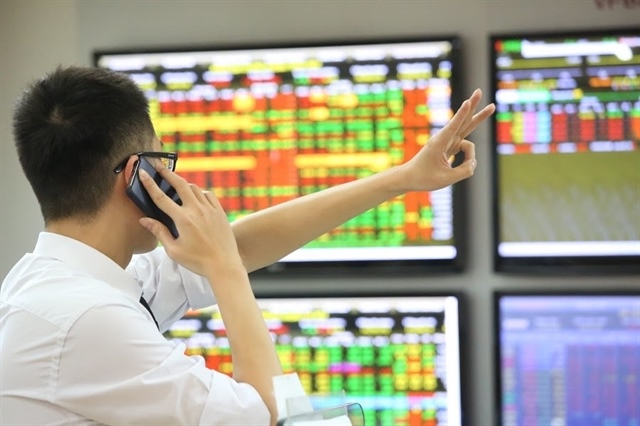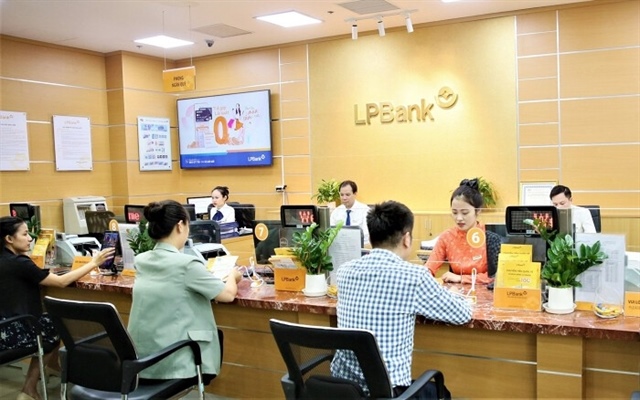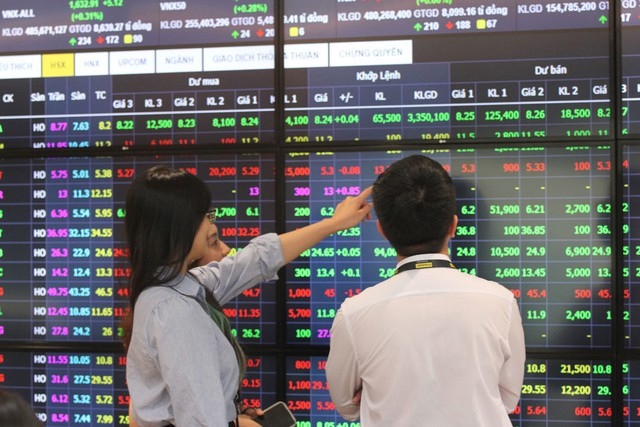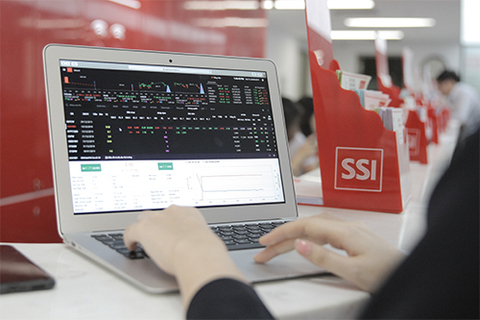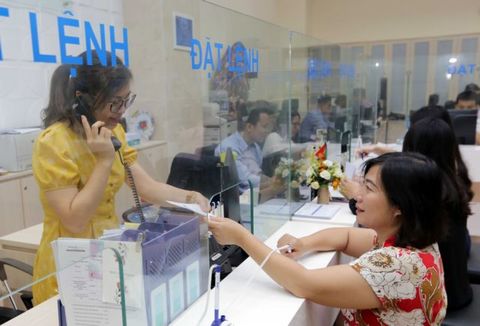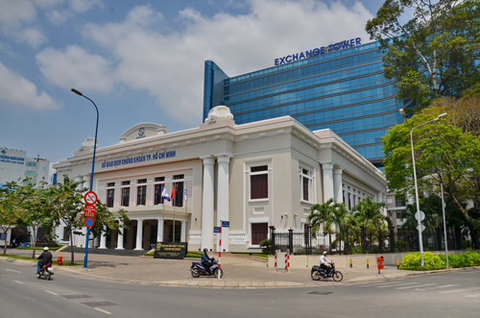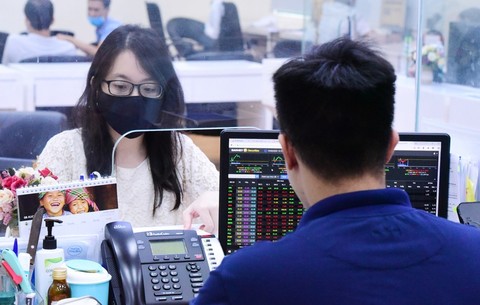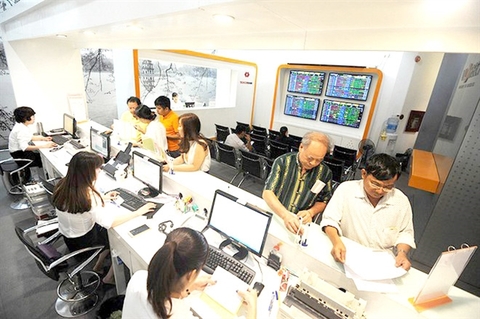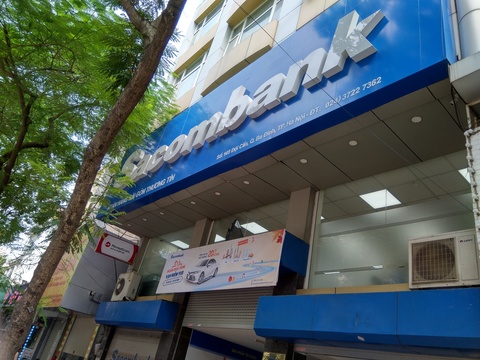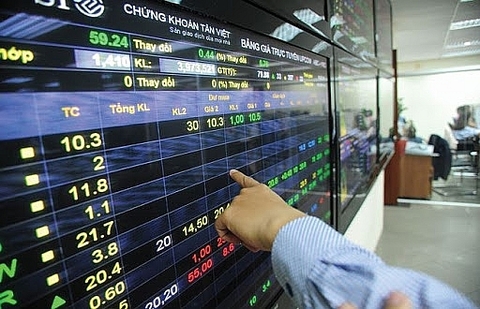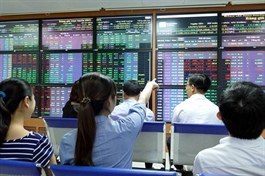High risk of oscillation through short-selling
High risk of oscillation through short-selling
Investors have for long been looking forward to high-end transactions such as secured short-selling and intra-day trading to be made official, and which will also create a fairness in the market. The recent draft Circular on Securities Trading Instructions has created an excitement in the stock market with investors awaiting to see a more robust bear market.
 |
Short-selling an age old practice
The practice of short-selling has been around for a very long time, though it has been in operation under hushed tones with only a few investors having an access to this service. There exist securities companies that have specifically invested in certain stocks for the sole purpose of short-selling at an appropriate time in the bear market. This then is an obvious reflection that there is a real need in the market for such a practice.
Short-selling of shares is a form of borrowing of shares to sell when investors do not own the shares, but buy back to pay. This is a trading strategy that helps investors to make a profit in the bear market, and a certain aspect of this activity also helps to cool down the stock price bubble. When share price is too hot, the only factor to cool down is profit taking, which means that the owner sells shares. This pressure of taking profit may not prevent the investors from buying through speculation. If other investors who do not own shares also borrow to sell, the drag will increase many times. On the contrary, when the market or stock falls sharply, buying back to return short-sold shares will also increase demand in normal bottom-fishing activities, limiting the risk of an excessive price drop.
Other than some technical reasons of securities, the factor that has not been officially deployed in short-selling is concern of risk in this form of trading, because the crisis in the stock market is usually amplified from short-selling. In 2008 to 2009, highly developed stock markets, such as those in Europe and the US, had to prohibit short-selling. The Vietnamese market is small and highly speculative, and investors often blame their losses on market factors. In a bear market, short-selling can help a small percentage of professional investors to make a profit, but most other investors will be affected adversely. Not only do they have to pay interest to borrow stocks, investors who want to short-sell must have a collateral to borrow.
New moves will bring risks
By including a wider range of trading methods, the Vietnamese stock market will inch closer to the level of other developed markets in the world. However, whether the level of investors is asymptotic or not will be a problem. Right now, when there is a new derivative market with a very small scale of index and warrants future trading, many investors blame the manipulation on the underlying market for speculation in the derivative market. Interaction in trading is unavoidable, but only the fact that investors blame their mistakes on market fluctuation also shows the psychology of losing, as well as not wanting to take responsibility.
When there are more forms of trading with higher speculation such as short-selling and day-trading, the volatility of the market could become quite risky. For example, the cover effect of short positions will increase the amplitude of price reversal on the underlying market, and the intensity of bull-traps will be much larger than at present. The greater the probability that normal investors make mistakes in these short-term fluctuations will be higher and the risk of loss will also be much higher.
Strong volatility in the underlying market will also affect the derivative market. The timing of short positions on the underlying market is large enough to have a cover effect. In particular, the shorter-term version of the speculative combination between intra-day trading and the derivative market can create opportunities and risks that make the game difficult. Since intra-day trading is required to completely offset the position at the end of the day and the securities company providing the service is responsible, both trading intensity and volume of stock will increase to maximum, depending on the size of total available positions. It is not surprising if the ATC session will be the time when the forced closing effect is most evident.
The derivative investors will take advantage of this effect to perform reciprocal trading. The more short-sales are traded earlier in the day, the greater the buy-back at the end of the day and vice versa. If currently the increase in the profit and loss ratio for a derivative position only depends on the ability to push the price or force the price of the stock actively or limit it in the future, thanks to intra-day transactions, the strength will significantly increase and as a result, oscillation will be stronger.
There is no way to counteract such effects in the market. Although the favors the trading method offers is intended to diversify trading opportunities for investors, the creation of a trading strategy is part of the market. The negative and positive effects of that creation are always two sides of the same coin. The only thing that can be done is to make information transparent to limit the impact, such as publicly disclosing the rate, size of short-sale positions or intra-day trading so that the market regulates itself.


